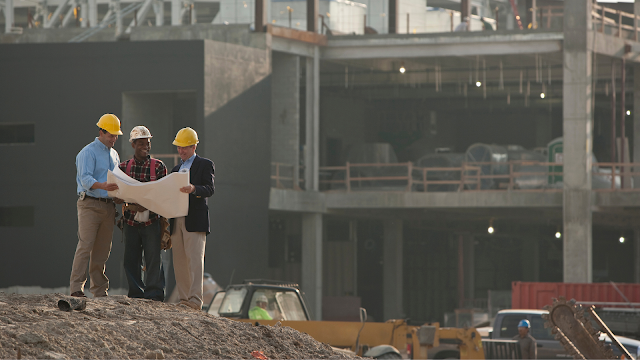Pros and Cons of Using Tilt and Wall Construction
Tilt-up wall construction has been around for quite some time and has been one of the most recommended construction methods for commercial buildings. Approximately 15% of all the industrial buildings around the US have been erected using tilt-up walls. These buildings are being constructed for various uses and in various sizes.

However, there are many reasons why tilt-up walls are one of the popular methods of construction for large commercial buildings, but this technique also has a few pitfalls. In this blog, we will discuss the advantages and disadvantages of using tilt wall construction.
Advantages of Tilt-up walls
For the most part, tilt-up walls offer more benefits if you compare them with the alternative or traditional construction methods. Here are four main advantages to taking the route of tilt-up:
Cost-effective than cast-in walls
Much of the expense in building normal cast-in walls involve the number of crewmembers required for the safe installation. It also consists of the requirement of additional equipment like scaffolding. Tilt-up walls need less equipment and fewer workforces.
Safer and faster to install
Even though the casting process of the panels may take time, the overall process of installing tilt-up walls is one of the fastest ways. As the panels get ready, one thing that matters is using a crane to tilt them up for installation. When the panels are cast, crews that perform other worksite producers can get their work done.
Lowered environmental impact and less waste
The right meaning of tilt-up wall construction means less waste compared to the traditional cast-in walls. Cast-in walls need materials, forms, rebar, and other materials for the casting process. The tilt-up walls have much less waste to dispose of. You can also recycle these walls, in case the building is taken down, it further results in less environmental damage.
Disadvantages of Tilt-up Walls
Although tilt-up walls are likely a good choice for the average industrial or commercial building, there are a couple of possible downsides you must know before you settle upon this method. Here are a few reasons why tilt-up walls may be an inadequate choice.

Not an ideal option for complex buildings
Usually, a building used for industrial or commercial uses isn’t going to be very complex, and it is the reason why tilt-up walls work well. The method is perfect for rectangular, large structures or buildings. It means that commercial builders look into the tilt-up walls and find it is not worth the trouble or versatile enough for any complex designs.
Tough to work on some worksites
One big difference between tilt-up and precast walls is that the tilt-up ones are fabricated on the worksite. While this can be an advantage to the construction technique, it also limits how well it will work depending on the worksite restrictions.
Lacks in versatility
Even though tilt-up walls are versatile when we talk about large buildings, they are not a great option for smaller projects. The tilt-up walls are good for a minimum size of about 5,000 square feet. Another versatile alternative would be the use of insulated concrete forms.
Conclusion
Tilt-up walls are an ideal choice for construction techniques. It is a common choice among commercial contractors as it is cost-saving, speed of construction, ease, and natural durability of the finished building is tough to find any issue with. Choosing tilt-up walls for construction is an excellent choice.



Comments
Post a Comment